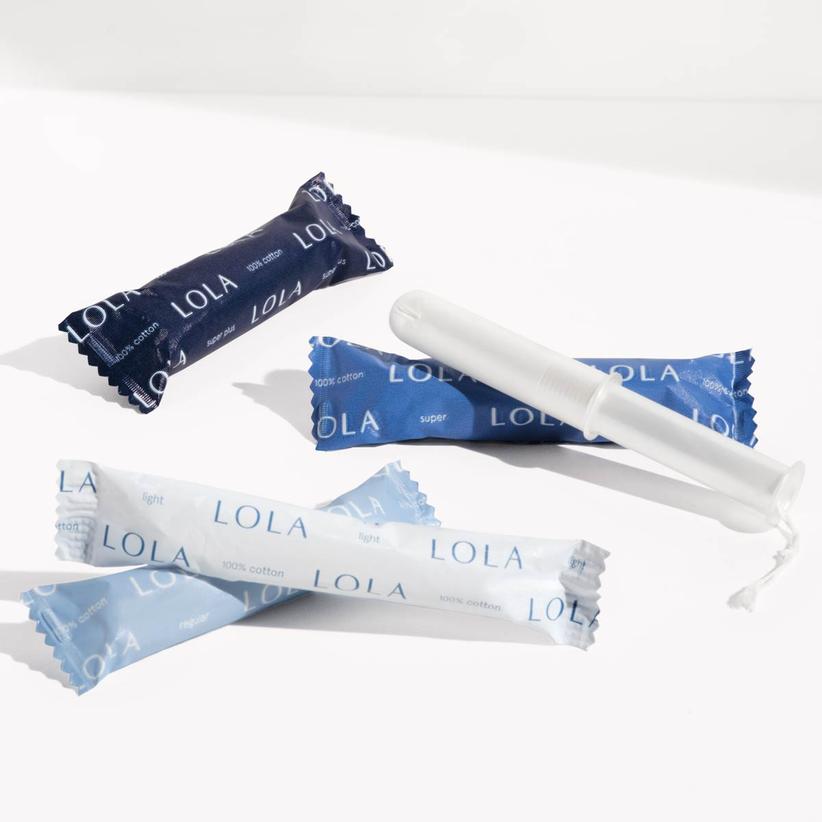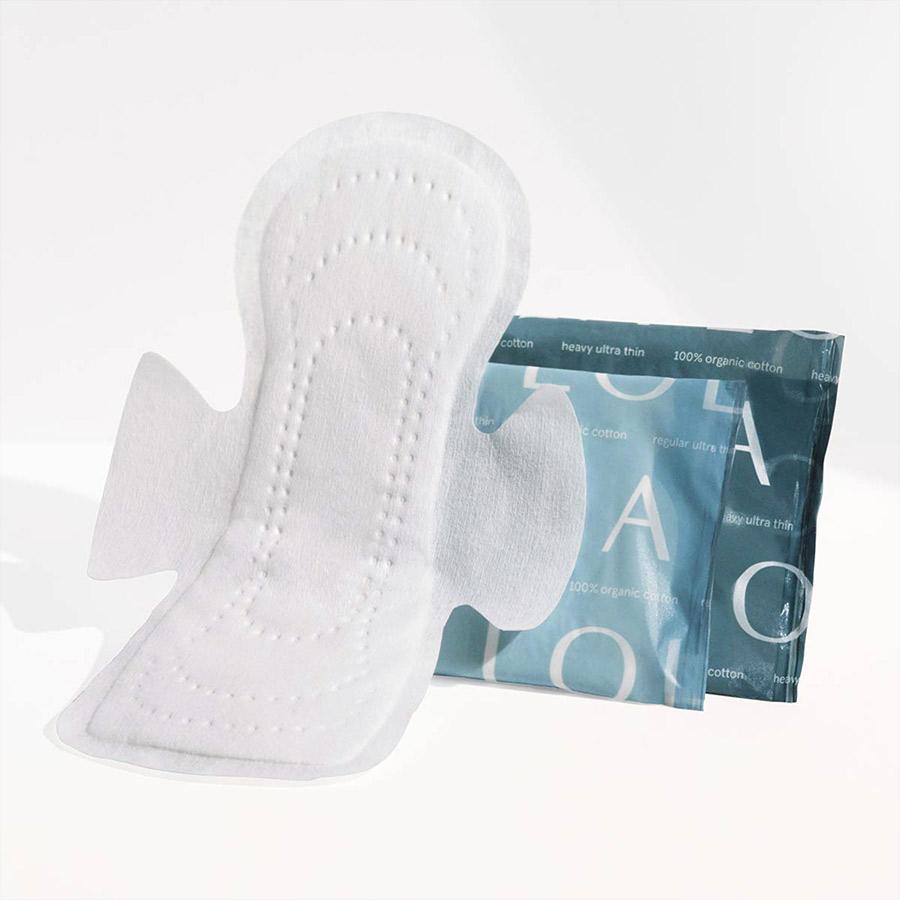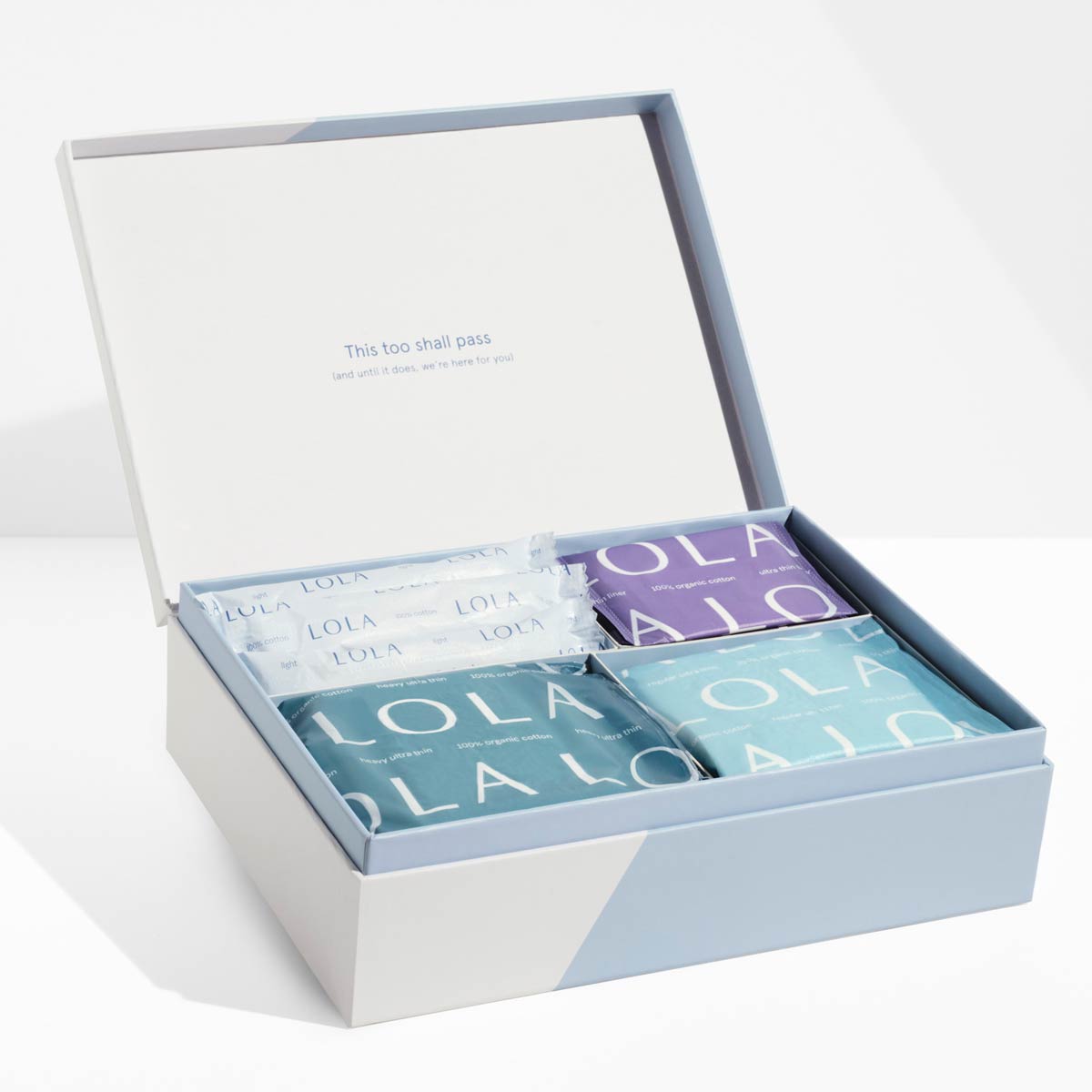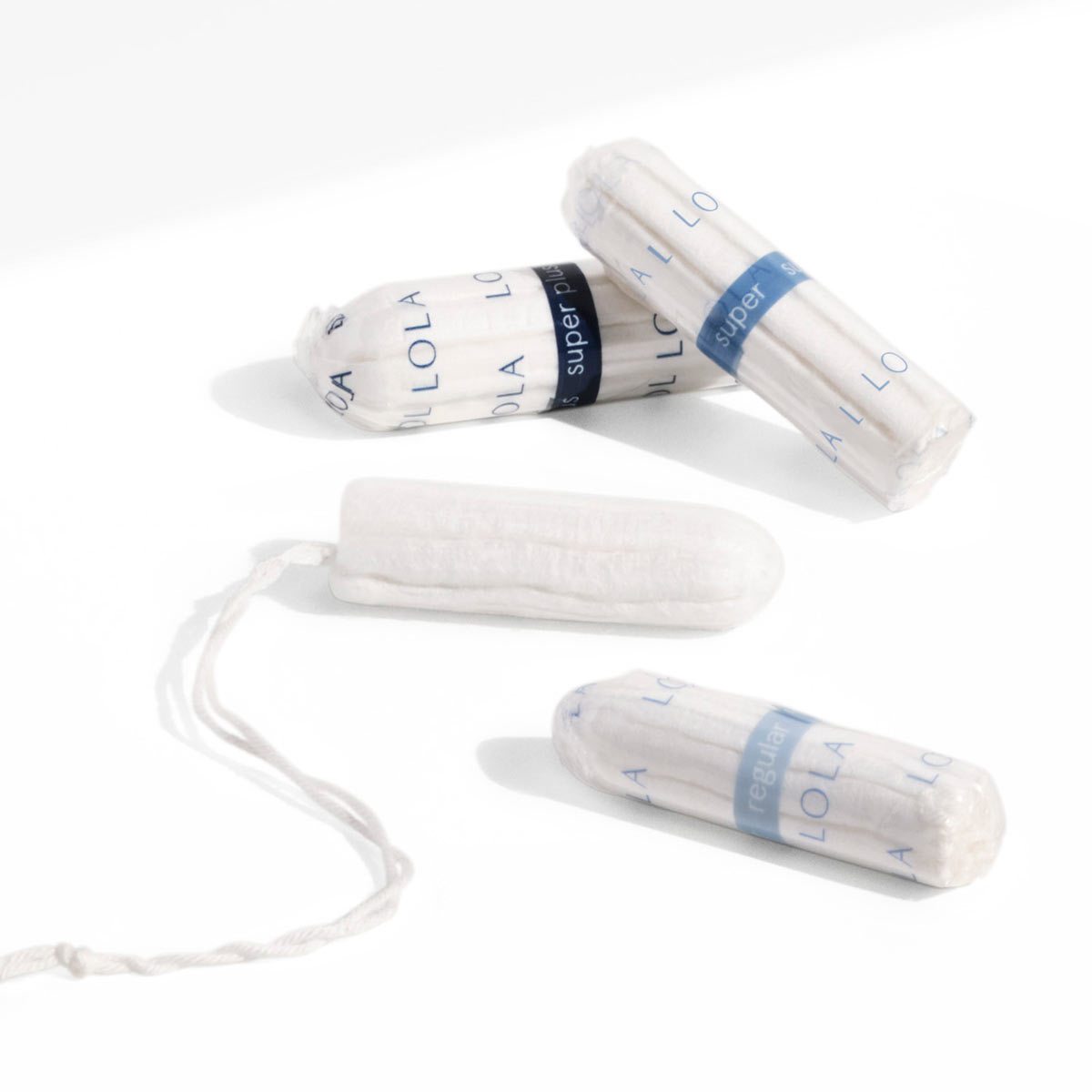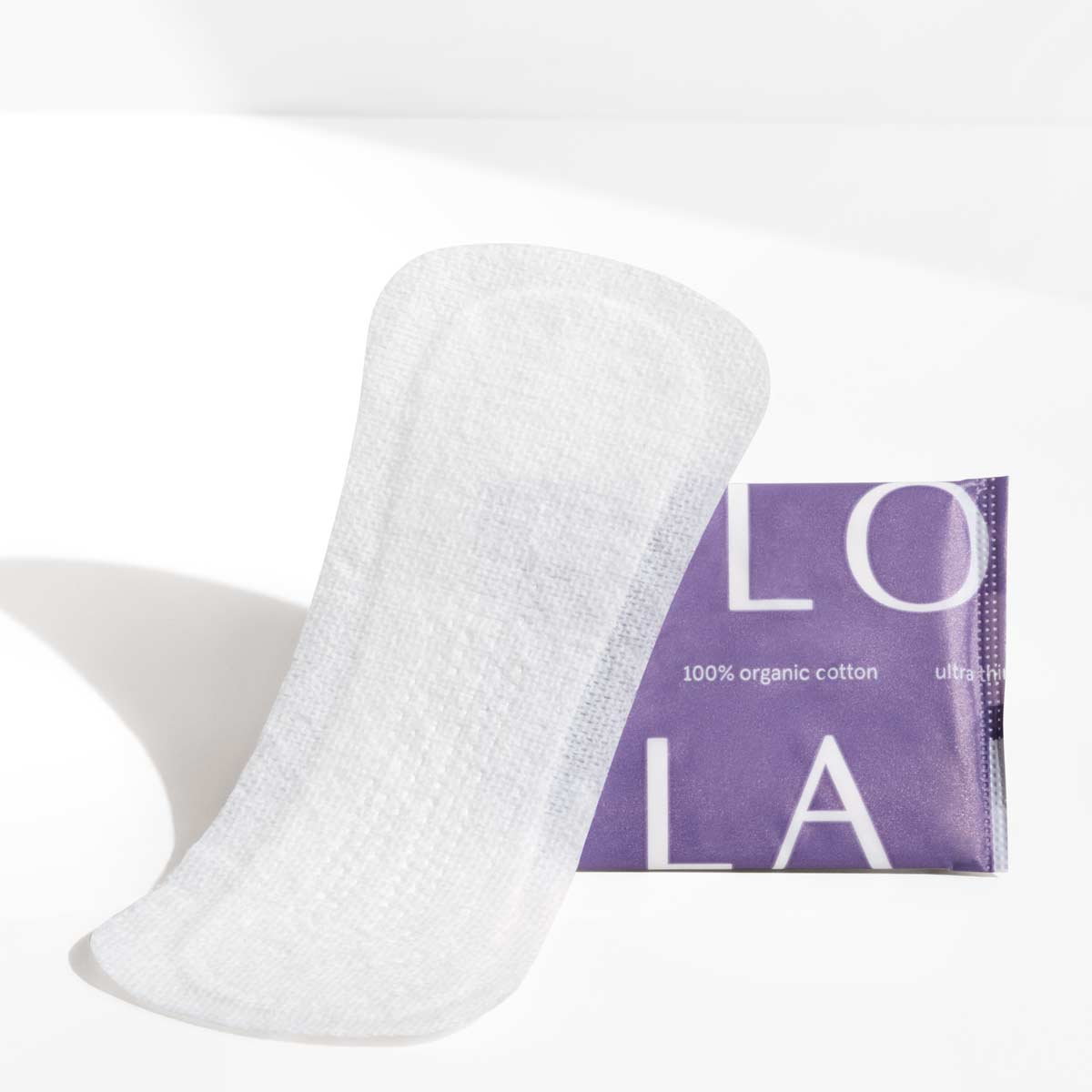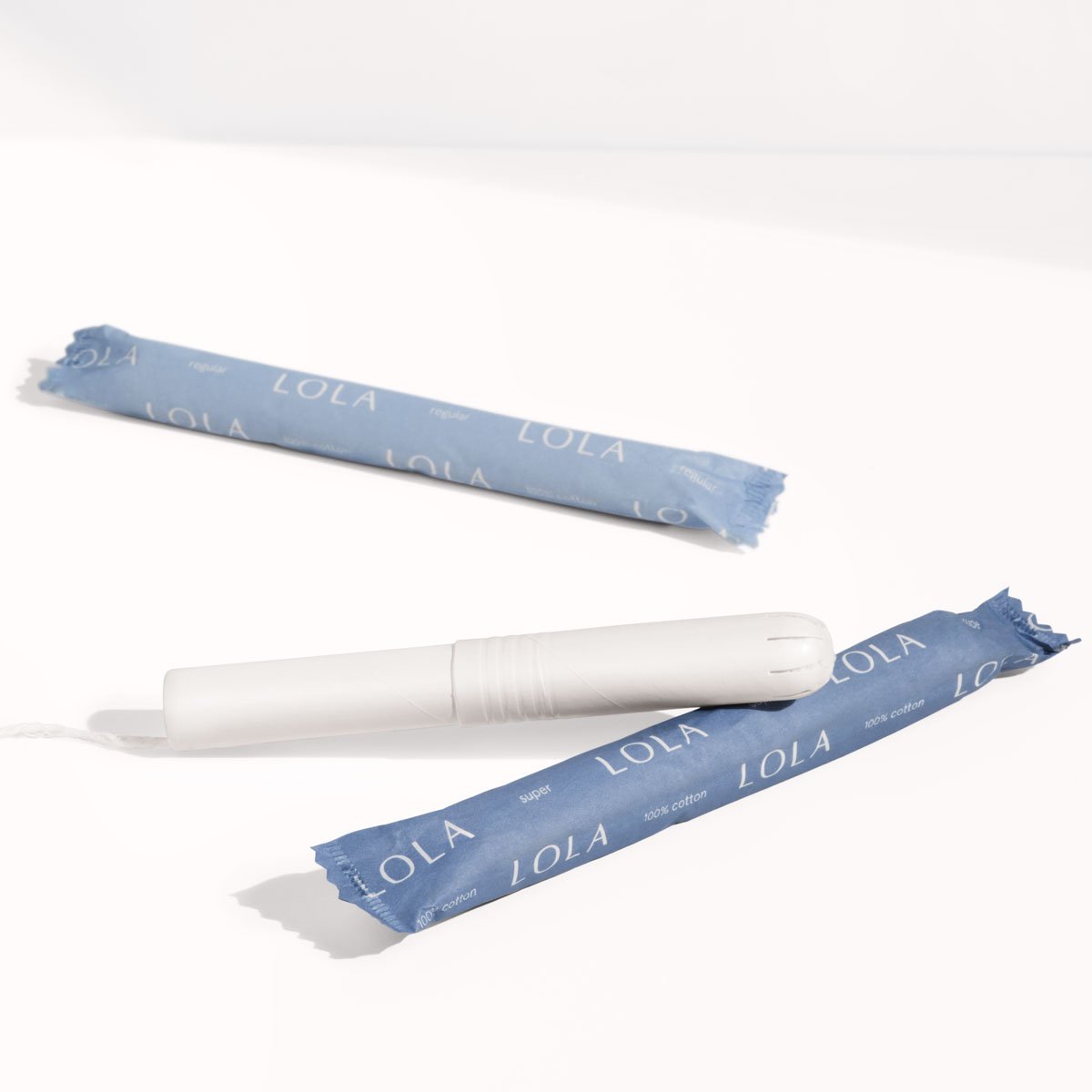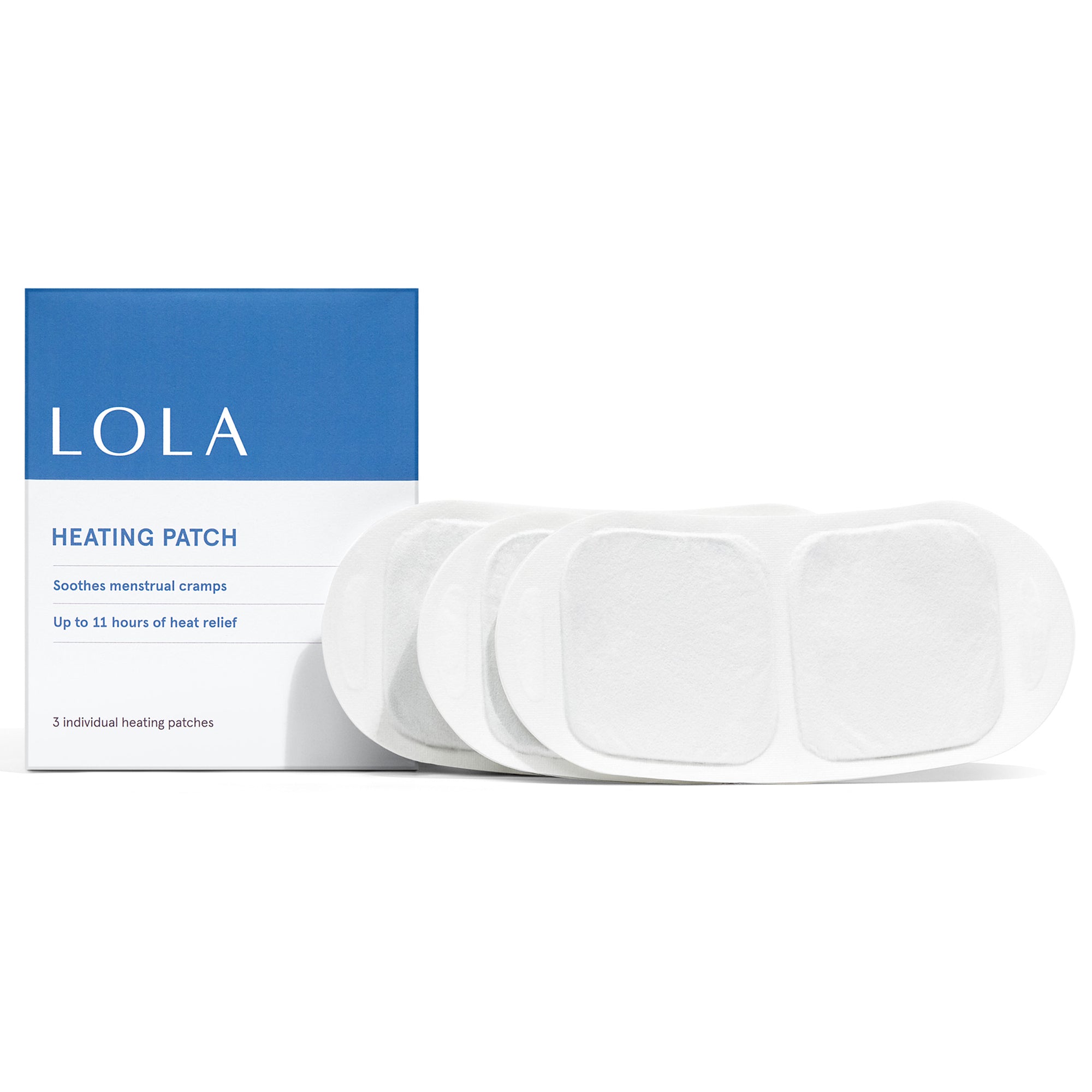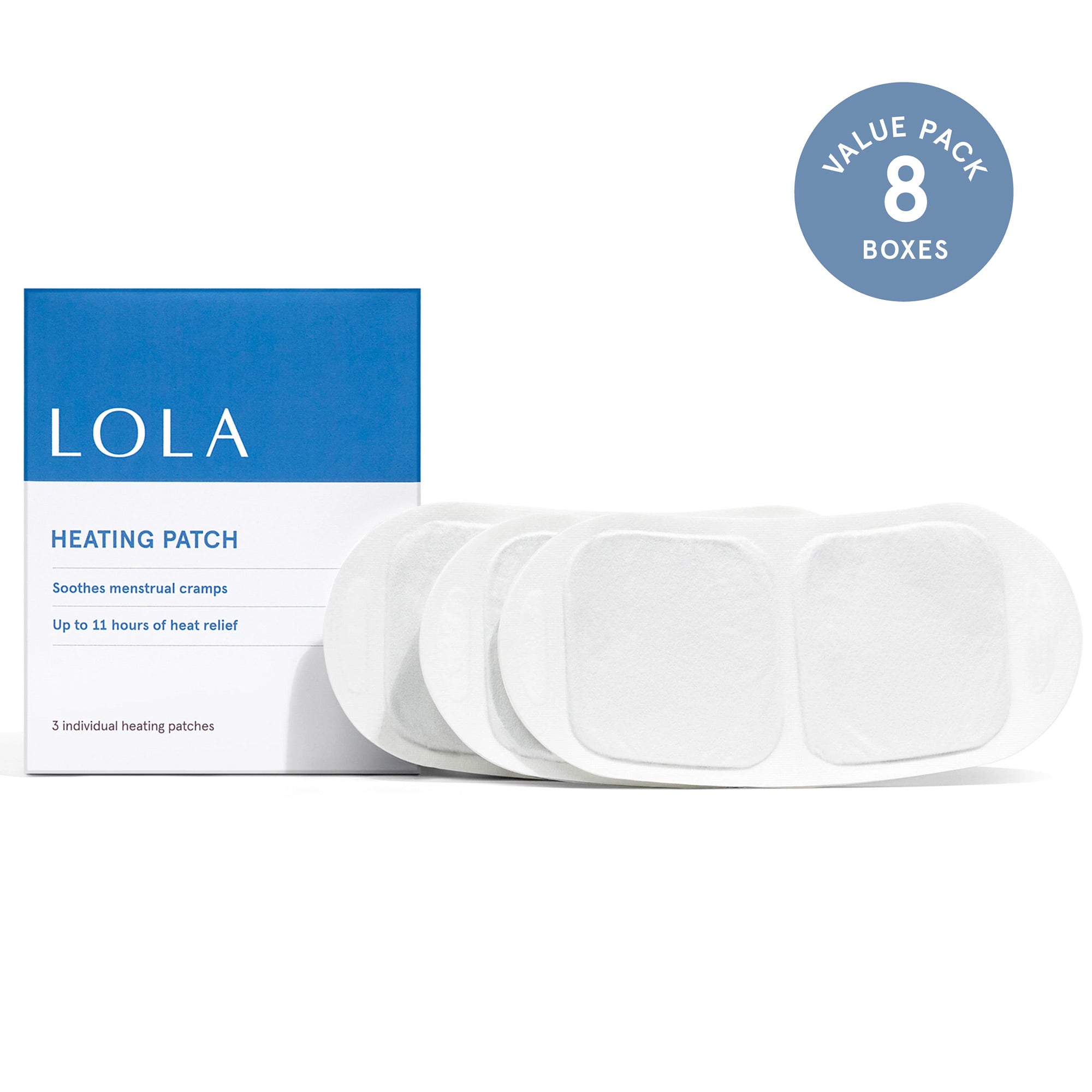Dr. Mahalingaiah is a physician at the Massachusetts General Hospital in the Department of Obstetrics and Gynecology, specializing in ovulation disorders, reproductive endocrinology, and infertility. She's also an assistant professor of environmental, reproductive, and women's health at the Harvard T.H. Chan School of Public Health, where she conducts research to understand the links between environmental risk factors, reproduction, and gynecological diseases. Dr. Mahalingaiah is a lead investigator for the Apple Women's Health Study, and joined the LOLA Collective as a medical expert in 2020.*
Choosing a career in environmental, reproductive, and women's health
When I was about one year old, my family relocated from Karnataka, a state in southern India, to Connecticut. Despite leaving India at a young age, I grew up with strong ties to my birth country. We returned to visit every year.
The home I grew up in was matriarchal, led by outspoken and opinionated women. There was an emphasis on the importance of education, equality, and the pursuit of our dreams. One of my aunts became an OBGYN and owned the clinic where I was born. Another US-based aunt became an OBGYN too, and I had ample opportunity to shadow her and learn about her craft. My interest in women's and reproductive health drew its roots from their practices.
But one life-changing encounter during my high school years stands out. While shopping with my family during a visit to India, I noticed a baby girl lying still in the middle of the road with a small dog next to her. I suspected that she was dead and questioned my family aloud about what we should do. I was told to ignore her and keep walking because there was nothing I could do about it. That experience called me to work in women's health and rights.
As for my interest in environmental health, Mandya (the town I was born in) was highly agrarian. But due to its prime location between two large cities, it eventually became overrun with traffic and air pollution. City-level zoning regulations were minimal, so public health-conscious regulations regarding animal-human cohabitation, animal feces, and overall environmental health were lacking. Over time, taking walks on the roadside became harder for me because of the worsening air quality, to the point where I felt like I was choking. The air I breathed was noticeably different when I went from Connecticut to India, and this fueled my curiosity in how our environment impacts our health.
The importance of social determinants of health
"Social determinants of health" is a broad term. It refers to the factors beyond our biology that affect our health: housing, shelter, access to food, home environment, economic security, physical safety, education, and social status.
Researchers like me aim to understand all the ways that the environment might influence our health. In my areas of expertise specifically, I investigate factors that impact women's, menstrual, and reproductive health. For example, environmental exposures of concern include endocrine disruptors found in personal care products, common use materials, food and occupational exposures.
Our goal is to learn more about what factors affect our health, in positive and negative ways. We aim to determine how to ultimately reduce the burden of exposure and improve our collective health with appropriate policies and regulations.
How our environment impacts our reproductive health
Our environment is the physical environment around us"the air we breathe"but it's much more than that. It's also the things we're exposed to, plus our perceived notions about our environment, like our perceived safety and stress. Because the environment includes so many different elements, there's no one single factor that impacts our reproductive health.
Take endocrine disruption, for example. The endocrine system produces hormones that regulate our growth, metabolism, sleep, and reproduction. There are plenty of environmental factors that can disrupt our body's endocrine system, such as diesel exhaust, foods grown with certain pesticides, and toxic substances in water. Some of these factors trick our bodies by mimicking our natural hormones, while others work against our hormones directly. Ultimately, they can impact reproductive processes like fertility and menstruation. This is just one example of how complex environmental impact on women's health truly is.
A groundbreaking new women's health study
Currently, I'm part of a group working on a new study to aid our understanding of menstrual cycle health across a woman's lifespan. This is in collaboration with a large team at Harvard and the National Institute for Environmental Health Science (NIEHS) with sponsorship from Apple. The main goal of this is to understand women's and menstrual health, even among women who aren't currently menstruating.
How women can improve their own health
It's so important for women to take their health into their own hands, to the extent possible. Here are 5 simple ways you can incorporate meaningful self-care into your daily lifestyle to minimize the effect of negative environmental factors on your health:
- Stay well-hydrated, but not overhydrated. Dark yellow urine is a sign that you need to drink more water, but if your urine is clear, you can lay off the water for the time being.
- Prioritize sleep hygiene. Put away devices before bed and learn how to truly unwind for restorative nighttime sleep.
- Get appropriate levels of exercise during the day. In addition to your physical health, exercise also helps promote good sleep hygiene.
- Check your indoor air quality. Change air filters regularly, and you may even consider using an air filtration unit.
- Be particular about the ingredients in your cosmetics, personal care, and hair products. Avoid products with formaldehydes, phthalates, and parabens. EWG provides an in-depth guide on ingredients to avoid in personal care products.
While this isn't a comprehensive list, adopting some of these practices is a great start.
How brands can help advance women's health
Many mainstream products contain unnecessary chemicals, so I believe it's vital to understand why certain ingredients and chemicals are present in the products you use, as well as their effects on your body and reproductive health.
I like the approach LOLA takes in thinking about each item and deconstructing what's absolutely necessary to achieve the end goal of that particular product. Brands like LOLA that help facilitate the process of truly understanding your menstrual and sexual care products are important.
*Dr. Mahalingaiah is not sponsored by LOLA. Her collaboration with our brand is unpaid. This article was created by Dr. Mahalingaiah and Dr. Megan N. Freeland.
